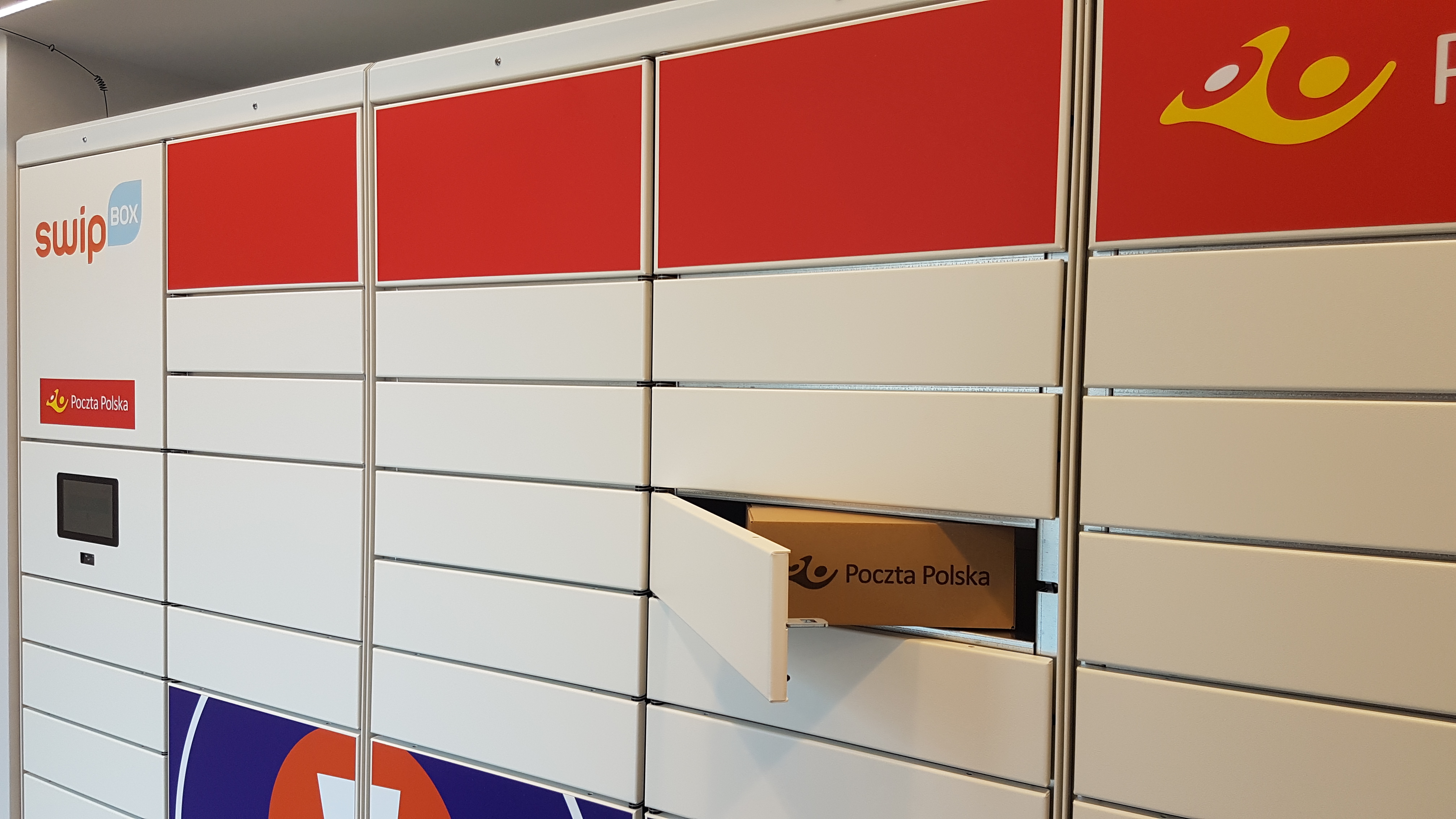Polish Post (“Poczta Polska”) will add 2,000 new parcel machines by the end of 2022, part of a larger effort to raise the number of collection points from 14,700 to 20,000 locations in just two years.
“Poczta Polska must adapt to the changes taking place in our economic and social environment,” said Justyna Siwek, Poczta Polska’s press spokeswoman. “Technological progress, the growing role of digital solutions and changes in the preferences of our customers are factors that force business transformation.”
Poczta Polska allocated 3.4 per cent of its revenues to investments in this area in 2020, Siwek said, with a goal of reaching at least 5.8 per cent of revenues in the next few years. She said the post is committed to intensive development of an ecological, convenient and safe method of sending and receiving parcels.
“Last year was a time of growing popularity of e-commerce,” Siwek said. “Along with the development of this sales channel, the expectations of consumers as to the quality and timely delivery of parcels increased.”
Self-service parcel machines will be located in convenient places, such as near residential buildings and public utilities. They will be available for collecting and sending packages 24 hours a day.
Because the parcel machines are modular, they can be configured based on the needs of any given location, and easily extended with additional columns of lockers.
Customers using the machines can ship packages with or without a printed label. The courier then picks up the parcel. It is later delivered either to another parcel machine or directly to the recipient.
If the recipient collects the parcel from a postal machine, they will be sent a code. Once at the location, the recipient can either enter their code directly into the machine or scan a QR code to retrieve the package.
To achieve the post’s goal of 2,000 postal machines by the end of next year, the post must be tuned in to the customer’s needs, Siwek said.
“We must increase our efforts to deliver the project’s products, and finally parcel machines, of the highest quality, meeting the needs of stakeholders and the broadly understood market expectations,” she said, adding that it is imperative to understand customer needs in order to develop business processes and define the functional requirements of IT systems for handling parcels in the machines.
“Technology and customer expectations cause dynamic changes in the market,” Siwek said. “These changes concern the technologies used, which has an impact on the processes that must be adapted to these needs on an ongoing basis.”
Siwek also noted that the efforts of the post go beyond the parcel machines in its efforts to meet market requirements. The post is developing a new service in parcels which will replace the current courier services.
“Therefore, we must take a number of measures to ensure that our new products are delivered to customers on time, both parcels and parcel machines,” Siwek said.
This article first appeared in the Summer 2021 issue of Union Postale.
